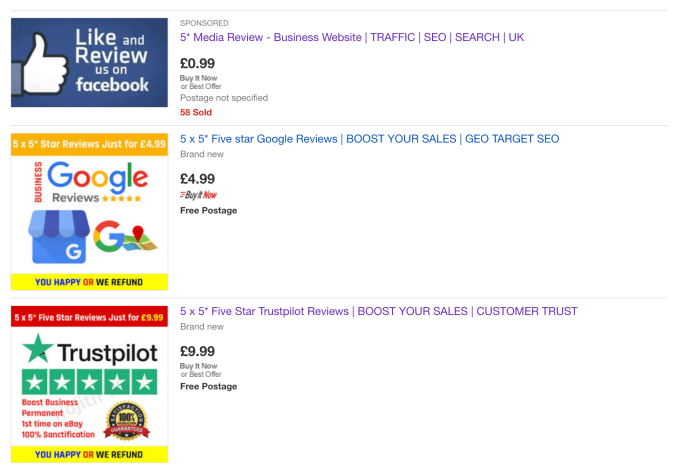The private space industry is seeing a revolution driven by cube satellites, which are affordable, lightweight satellites that are much easier than traditional satellites to design, build and launch. It’s paving the way for new businesses like Wyvern, an Alberta-based startup that provides a very specific service that wouldn’t even have been possible to offer a decade ago: Relatively low-cost access to hyperspectral imaging taken from low-Earth orbit, which is a method for capturing image data of Earth across many more bands than we’re able to see with our eyes or traditional optics.
Wyvern’s founding team, including CEO Chris Robson, CTO Kristen Cote, CFO Callie Lissinna and VP of Engineering/COO Kurtis Broda, had experience building satellites through their schooling, including working on building the first ever satellite in space designed and built in Alberta, Ex-Alta 1. They’ve also developed their own proprietary optical technology to develop the kind of imagery that will best serve the needs of the clients they’re pursuing. Their first target market, for instance, are farmers, who will be able to log into the commercial version of their product and get up-to-date hyperspectral imaging data of their fields, which can help them optimize yield, detect changes in soil makeup that will tell them if they have too little nitrogen, or even help them spot invasive plants and insects.
“We’re doing all sorts of things that directly affect the bottom line farmers,” explained Robson in an interview. “If you can detect them, and you can quantify them, and the farmers can make decisions on how to act and ultimately how to increase the bottom line. A lot of those things you can’t do with multi-spectral [imaging] right now, for example, you can speciate with multi-spectral, so you can’t detect invasive species.”
Multi-spectral imaging, in contrast to hyperspectral imaging, measures light on average in between 3 to 15 bands, while hyperspectral can manage as many as hundreds of adjoining or neighboring bands, which is why it can do more specialist things like identifying the species of animals on the ground in an observed area from a satellite’s perspective.
Hyperspectral imaging is already a proven technology in use around the world for exactly these purposes, but the main way it’s captured is via drone airplanes, which Robson says is much more costly and less efficient than using CubeSats in orbit.
“Drone airplanes are really expensive, and with us, we’re able to provide it for 10 times less than a lot of these drones [currently in use,” he said.
Wyvern’s business model will focus on owning and operating the satellites, and providing access to the data it caters to customers in a way that’s easy for anyone to access and use.
“Our key differentiator is the fact that we allow access to actual actionable information,” Robson said. “Which means that if you want to order imagery, you do it through a web browser, instead of calling somebody up and waiting one to three days to get a price on it, and to find out whether they could even do what you’re asking.”
Robson says that it’s only even become possible and affordable to do this because of advances in optics (“Our optical system allows us to basically put what should be a big satellite into the form factor of a small one without breaking the laws of physics,” Robson told me), small satellites, data storage and monitoring stations, and privatized launches making space accessible through hitching a ride on a launch alongside other clients.
Wyvern will also occupy its own, underserved niche providing this highly specialized info, first to agricultural clients, and then expanding to five other verticals including forestry, water quality monitoring, environmental monitoring and defense. This isn’t something other more generalist satellite imaging providers like Planet Labs will likely be interested in pursuing, Robson said, because it’s an entirely different kind of business with entirely different equipment, clientele and needs. Eventually, Wyvern hopes to be able to open up access to the data it’s gathering even more broadly.
“You have the right to access [information regarding] the health of the Earth regardless of who you are, what government you’re under, what country you’re a part of or where you are in the world,” he said. “You have the right to see how other humans are treating the Earth, and to see how you’re treating the Earth and how your country is behaving. But you also have the right to take care of the Earth, because we’re super predators. We’re the most intelligent species. We are we have we have the responsibility of being stewards of the Earth. And part of that, though, is being able to add almost omniscient of what’s going on in the Earth in the same way that we understand what’s going on in our bodies. That’s that’s what we want for people.”
Right now, Wyvern is very early on the trajectory of making this happen – they’re working on their first round of funding, and have been speaking to potential customers and getting their initial product validation work finalized. But with actual experience building and launching satellites, and a demonstrated appetite for what they want to build, it seems like they’re off to a promising start.






